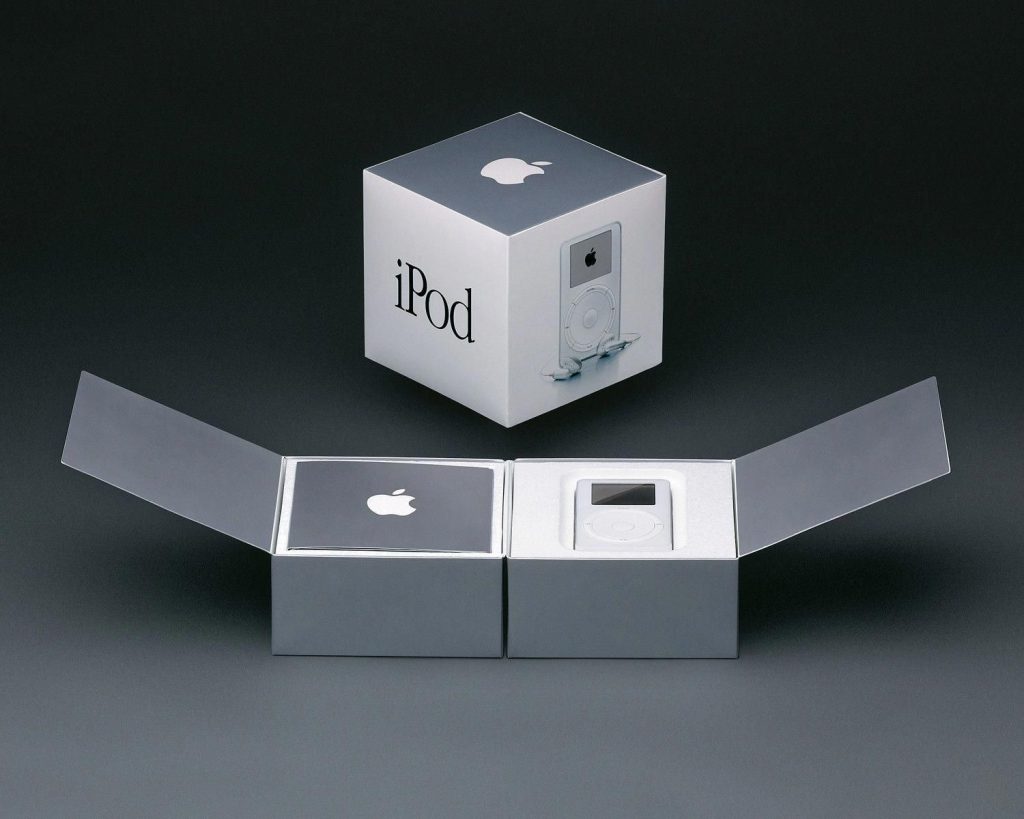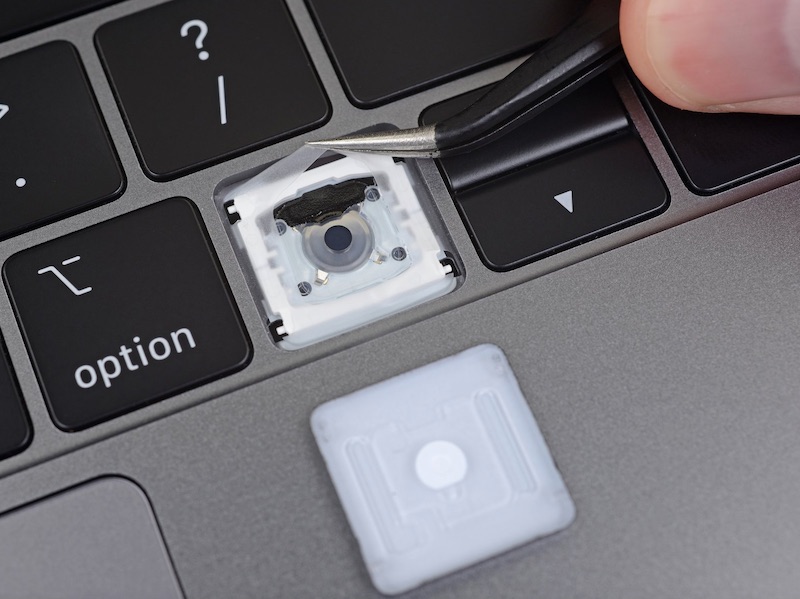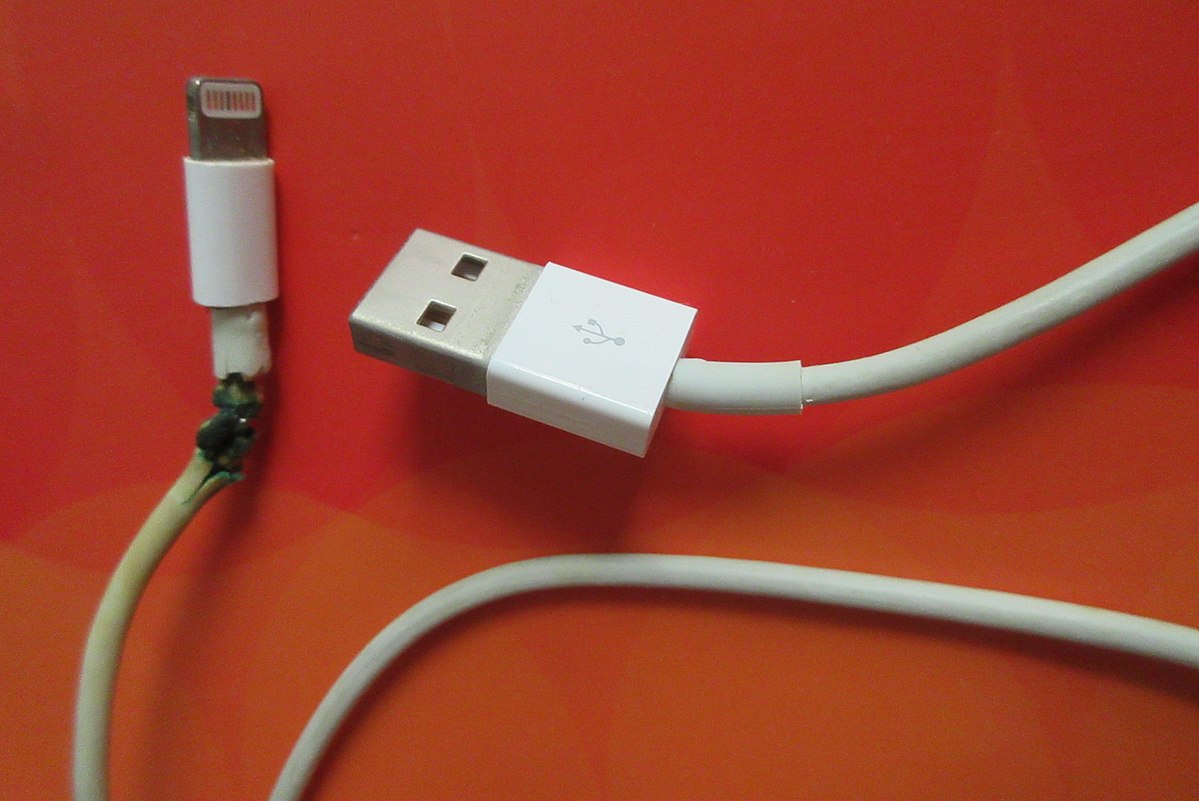[Author’s note: The following article was written on December 22nd, 2020. Several changes have been made to better reflect new information pertinent to this topic. ~AK]
As sure as the sun rises in the east and sets in the west, Apple has heralded the arrival of a new generation of iPhones and set tongues wagging from pundits and tech journalists alike as they all write articles about… literally the exact same thing as the year before. Be it hot takes about Apple’s inability to innovate or the far-reaching implications that Apple’s commitment to whatever new technology or initiative has on the tech industry writ large, it’s comforting to know that there’s some banal consistency in a world descending into authoritarianism as it stares down the barrel of a climate crisis that’s been building up for centuries.
This looming crisis is at the heart of Apple’s decision regarding the packaging of new iPhones in 2020 and beyond; that the included Lightning Earpods and USB charging brick will be removed from new iPhone SKUs produced this year in a bid to reduce the amount of waste that goes into landfills per year while (finally) moving to USB-C lightning cables from the default USB-A charging cables that have been included with iDevices since the mid-2000s. In theory, it sounds like a commendable action for a company as monolithic and influential as Apple to take and in practice the results clearly speak for themselves:

From a manufacturing perspective, it stands to reason that people would’ve already had enough time to buy USB-C chargers for their new hardware if Apple has been releasing and selling new iPhones almost four years after the debut of USB-C laptops, tablets, Android phones, and gaming devices. This is without considering the large amount of people who’ve already bought USB-C Lightning cables to fast charge their iPhones, nor does it consider the vast amount of first/third party USB bricks or external batteries people may already have to power other devices, which only further justifies Apple’s decision on what to bundle with iPhone SKUs.
Unless you went out of your way to buy an iPhone 11 Pro or an iPad Pro for the USB-C charging brick, did you really care about the 5 watt charging brick or -heaven forbid- Lightning EarPods? Does all that cardboard, plastic, paper, and paint need to be used on more things people might not use, especially when the rest of Apple’s product packaging has become more compact over the years? It’s tempting to look at Apple’s decision and assert malice, but look how quickly some of those 5 watt bricks fail or how often the headphones wear out over time. Unless you’re one of those people who collects Apple’s boxes (guilty as charged), they’re already taking more space than the product itself. Remember how massive the original iPod boxes were and how Apple shrunk them down to a quarter of their footprint by the time the final iteration of the iPod classic came out?

iPod 1st Gen (2001) 
iPod 7th Gen (2008)
Leaving aside package sizes, there’s been a concerted effort on Apple’s part to promote environmental sustainability with the intent of achieving total carbon neutrality by 2030. These commitments go beyond buzzwords; Apple has reduced their carbon footprint by 35% since 2015 while committing to low-carbon design in future products. This can be seen with the Taptic Engine in the iPhone 11 line being made entirely out of recycled rare earth elements and the enclosure of the 2019 MacBook Air made out of 100% recycled aluminum.
Even the amount of energy being consumed by Apple’s products has notably decreased, with the latest iteration of the 16-inch MacBook Pro consuming 65% less energy than previous generations of the MacBook Pro had. Apple’s data centres even run entirely on renewable energy and all of their products from their major hardware lines (iPhone, MacBook, iPad, Apple Watch, and HomePod) are now certified Zero Waste to Landfill, with a more focused effort being put in to safely dispose of hazardous chemicals throughout the production and disassembly line and recycle rare-earth elements being used in many of Apple’s products.
Admittedly, carbon impact is only one of many pieces of the puzzle that is man-made climate change and other companies have been publishing similar reports on their environmental impact. For instance, Microsoft is in the process of reducing their carbon footprint through building new facilities that will run entirely off of carbon-free electricity and converting their data centres to run off of renewable energy. Alphabet is investing billions of dollars to run their operations entirely from 100% renewable energy. The tech industry is taking more measures to ensure that they’re more environmentally conscious after scathing indictments from environmental advocacy groups such as Greenpeace and Apple has only stepped up to the plate to do their part in response to the criticism.
So with all of these things going for Apple’s environmental commitment, why am I still so skeptical?
The answer is threefold, the first coming down to personal conviction; I cannot reconcile blindly taking a company at their word with keeping them accountable for their mistakes be it from malice, ineptitude, or that special occasion when it’s a lethal cocktail of both. Nor can I personally sanction the cult-like stupidity of blindly pledging fealty to a company that cares less about their most excoriating critics until it impacts their stock value and cares even less about their most staunch defenders as long as they’re still willing to contribute toward their bottom line no matter how anti-consumer they may be.
Secondly, Apple cannot claim to be on the side of environmental sustainability without committing to right-to-repair. Both are practically intractable, yet the company has gone out of its way to vociferously oppose any kind of third party or individual repair under the guise of privacy, customer safety, and reliability. Apple has gone so far as to hire lawyers from across the United States to convince California lawmakers to abandon right-to-repair legislation. In Canada, a bill tabled by Ontario MPP Michael Couteau was scrapped in its second reading by the Ontario PC government after big tech lobbied to kill the bill. This opposition to right to repair is so strong that Apple has made it virtually impossible to repair your phone by implementing hardware and software level failsafe measures to prevent people from replacing parts using devices on the exact same hardware line.
Apple can point to partnerships with big-box retailers like Best Buy, the Authorized Service Program, and the increasing amount of Apple Store locations worldwide, it doesn’t excuse Apple’s lack of willingness to adequately supply their service partners with appropriate parts and properly publish hardware schematics, nor does it give them a pass for the utterly obscene cost of service Apple expects its end users to pay for out-of-warranty service. Apple’s claim that their predatory opposition to right-to-repair results in more reliable products is absolutely rich when they’re also the same galaxy-brained geniuses that put out the failure-prone butterfly keyboard for three years and four product lines all while riveting the keys to the top case.

That Apple can stand up on a stage and talk about doing their part to mitigate the effect of climate change all while playing a part in the very same system that actively contributes to it is utter and complete lunacy. That the price of the phone still stays exactly the same with the charger and headphones taken out is an obscenity wrapped in an insult. When the iPhone 12 reveal event happened in October and they announced their new packaging initiative, the only thing going through my head knowing all the chicanery Apple gets up to when it comes to right-to-repair and device recycling was this:

Some will point to Apple’s trend of supporting devices as long as feasibly possible to excuse their wrongdoing in this aspect, but that’s only delaying the inevitable trend of planned obsolescence. To some extent, that’s understandable as all hardware ages to the point where it may not be usable long after Apple and other developers cut software support and telecommunication infrastructure changes to accommodate newer connectivity standards like 5G. While their device recycling program makes it much easier for them to take control of the product lifecycle even when products are considered “vintage” enough, it’s geared toward recurring revenue rather than device recycling if one considers their recent lawsuit against GEEP Canada.
That Apple would rather destroy entirely usable and repaired hardware in the guise of “consumer protection” and “reliability” because of poorly cited claims of poor construction only serves to further undermine their commitment to environmental sustainability as it only reinforces Apple’s position on right-to-repair. And this isn’t even an Apple problem; big tech has routinely and consistently rallied against right-to-repair. Be it Google, Samsung, Apple, or even Microsoft, the tech industry as a whole has taken the same abominable path as John Deere and it should be taken as a scathing indictment of the industry’s lack of commitment toward environmental sustainability beyond tiny token gestures and PR Brownie Points.
Even more baffling is the fact that some regulatory bodies view Apple’s explanation as inadequate to justify the supposed environmental benefits; a miscommunication so drastic that a Brazilian consumer-protection group is forcing Apple to include the charger with new iPhone 12 SKUs. and this is coming from a country that faces environmental issues that are being exacerbated in no small part by irresponsible and malicious governance. This is without even mentioning the additional packaging of the chargers and headphones themselves as they are sold separately either, nor does it even touch upon Apple’s willingness to cling to proprietary connectors to the detriment of their product lines.
The third and final reason is why it’s taken me so long to finish this article; remember this social media post by Samsung after the iPhone 12 reveal event?

Samsung certainly wishes you didn’t because that post is now long gone. In its place are filings and rumours indicating that Samsung will start shipping new Galaxy phone SKUs without the charger included. When Apple sets a trend, the smartphone industry (and the computer industry to some extent) tends to follow right behind them in lock-step for better or worse. At surface level, getting these companies to be more environmentally conscious of the waste they contribute to sounds like a great idea
Samsung has done the exact same song-and-dance with the removal of the headphone jack, as have Google, Xiaomi, and OnePlus. For all the stones that are (rightfully) thrown at Apple’s direction, the ones who throw them forget how brittle their glass houses are when they eventually pull the same stunt time and time again.
So what exactly am I getting at with this almost 2,000 word spiel? Definitely don’t take what a company says at face value, but I trust my readers would be aware of that at this point. Saying “They’re a business and their goal is to make money” only serves to delay the inevitable response: “To what end?”
When talking about humanity’s responsibility to curb man-made climate change, the conversation is often dominated by large corporations and special interests making tiny token gestures like removing straws or chargers and promoting this nebulous idea of sustainability in a bid to shift the responsibility toward infinitesimal individual action than corporate responsibility and accountability. Nothing I say will convince Apple to reintroduce chargers and headphones with new iPhones but when one puts Apple’s environmental commitment and their decisions regarding iPhone SKUs together, the company is very clearly trying to have their cake and eat it with extra sprinkles of profit on top.
Apple is a trillion-dollar company with record profits every year even with slowing iPhone sales. They are in a position to do more and this decision to remove the chargers and headphones from iPhone SKUs smacks me as a money-making scheme disguised as an environmental crusade in the same way their device recycling program is an exercise in control disguised as an illusion of choice. The company absolutely deserves attention and praise for their goals toward carbon neutrality by 2030 and their remarkable progress toward that goal, but they also deserve harsh criticism for their lack of transparency and their viciously litigious opposition toward the things that contribute toward a net positive in environmental sustainability. This is the same company that brought us “you’re holding it wrong”, complained about slowing iPhone sales after offering a reduced-cost battery replacement program in the wake of a (poorly reported on) device throttling scandal, and these beauties.

I mean they’re a trillion-dollar company for a reason, right? Who’d want to blame them for going more green than they already are?